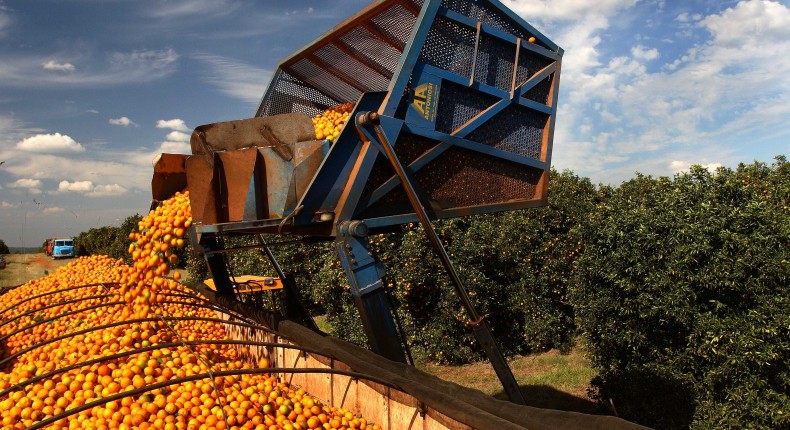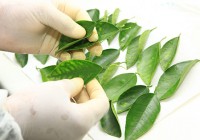17
nov
Increasing transparency on data released categories: Education, Environment, Fundecitrus, Research, Social, Sustainability, Transparency

Since the first Citrus Tree Inventory edition in 2015, the citrus census and the crop forecast developed by Fundecitrus have beneficial impacts that surpass the farm frontiers and collaborate with the entire citrus community as they release reliable data on the sector.
The results of the “Pesquisa de Estimativa de Safra-PES” (Crop Forecast Research) give the true dimension of citrus cultivation and contribute to the planning of the future of the sector, so that the culture remains one of the most important socially and economically. In São Paulo State the citrus sector is among the 20 main job creators*.
*See our last post about job creations in the citrus sector here
Annually, Fundecitrus research agents visit citrus belt properties to collect information on the number of bearing and non-bearing trees, irrigated areas, cultivated varieties, age, new plantings or eradications.
From the results, it will be possible to make a more accurate planning of the production and commercialization of the products that have the orange as raw material.
The statistical method used in the census and in the crop forecast of Fundecitrus has never been done before. It is the result of a combination of what was best done by the juice industries in their own census and forecasts since 1987. The improvement of the method counted on the advice of the Statistics Department of the State University of São Paulo (UNESP / FCAV), Markestrat and the Economics and Management Department of the University of São Paulo.
One of the measures of governance adopted was the structuring of committees composed by citrus growers, representatives of orange juice companies, lawyers and academics. Throughout the development of this inventory, several meetings were held in which actions, goals and indicators were analyzed with the purpose of proposing technical improvements for the accomplishment of the project activities.
The results of the crop estimate are published every May, with updates in September, December and February, after monitoring the development of the fruits in the orange trees. The crop closes in April, when the size of fruits and the rate of fruit droppage are also released.
See here more information about the beginning of the project and click here to download the inventory in english.
- |

